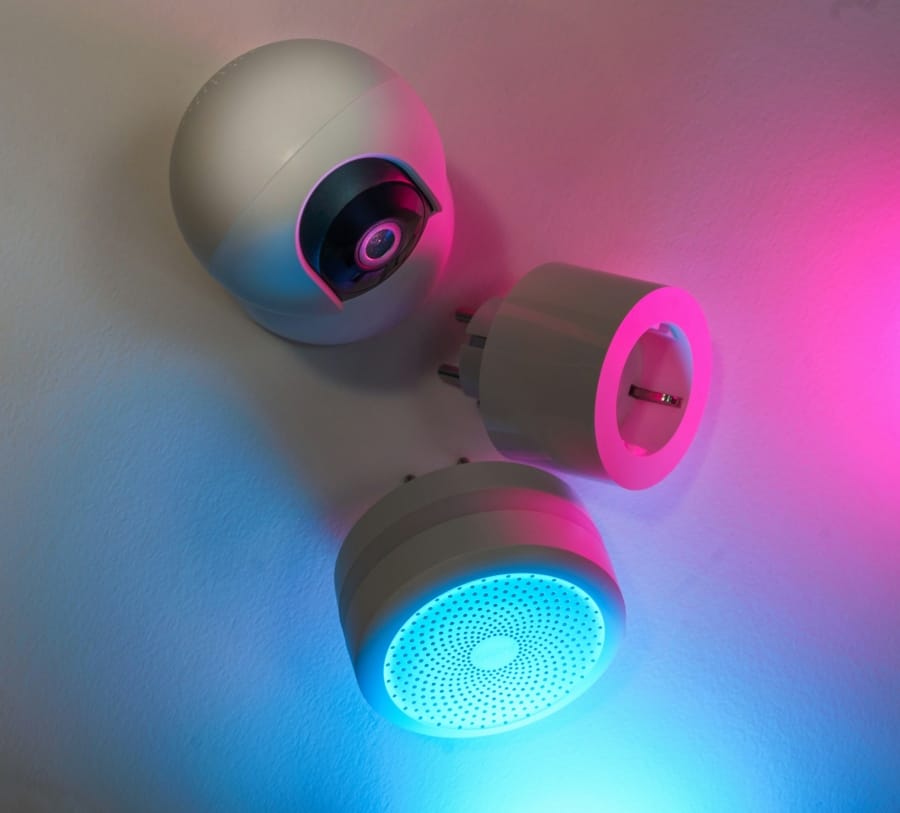Sonos, Apps, and IoT
Sonos CEO has stepped down. I won’t go into details about his departure from the company, nor the company’s future plans for its apps, product warranties, and/or future releases. I do recall I wrote a dreary review on dead Sonos Roam, but that’s really besides the point. What I had experienced was most likely a hardware failure, coupled with softwares incapable of detecting early signs —and this all happened in 2023. The overhauled app was launched in May 2024, and most of the problems were related to the software itself.
What I learned from Sonos and many other internet connected devices were two things: a. manufacturers are cutting costs of their products with the assumption users would have smartphones, b. but the same manufacturers don’t put their investments into the app development. Instead of putting displays, buttons, ports, and etc., manufacturers offload the duties to one app that will work with their device over network, but never bothers to secure the quality of it. Before anybody mourn for good ol’ days, it was no different back then. Some appliances from certain brands always lasted longer. Just like how some headphone cables were more reliable, and that used to mean quality for the brand. It’s no different now then ever, only we are talking about the cost from hardware to software.
I recently bought a humidifier for my room from a brand I had bought one from previously. The newer model had IoT features built-in. I was both surprised and confused by the upsetting qualities of the app the manufacturer has chosen —it seemed like the app is part of another IoT platform, not a standalone app from the company. The app was asking for multiple unrelated permissions even before it could start registering the device, not to mention its machine-translated UIs in Korean were simply ridiculous. English was better, but not by much. I thought to myself, these new IoT features are lose-lose investments. It doesn’t necessarily add any positive experience, but still hurts the experience negatively if it doesn’t work. Does the humidifier still work without the app? Surprisingly, yes. It’s even more baffling why they bothered to deliver with that half-baked app in the first place.
Ultimately, making an IoT device is like building a road. It’s a constant patchwork that is never-ending. In theory, one could build a simplest device controlled by smarter hub, delivering finished device without a complicated software that needs maintenance. But this setup necessitates a controller of sort, be it may an IoT hub, smartphone, tablet, or even a computer. Manufacturers don’t like the idea of putting a giant label “IoT hub required”, so they pack Wi-Fi in it. So now, they are tasked to create and maintain the quality of, what could possibly be a pillar of home IoT experience —more integrated a device is into the system, more critical it becomes.
Going back to my humidifier story, the app didn’t offer “smart” features. For instance, I couldn’t link it with HomeKit devices to turn off the humidifier when no one is at home. Or in another instance, I couldn’t set it up to turn itself on 30 minutes before I arrive. It’s a glorified Wi-Fi remote. And the truly bizarre thing is, the humidifier is already shipped with a remote. Again, what’s the point of adding another set of remote if it won’t add anything new? It’s a lose-lose fight, unless you want that branding. It’s either so good and streamlined people don’t realize it’s there, or it’s so broken it becomes an eyesore.
